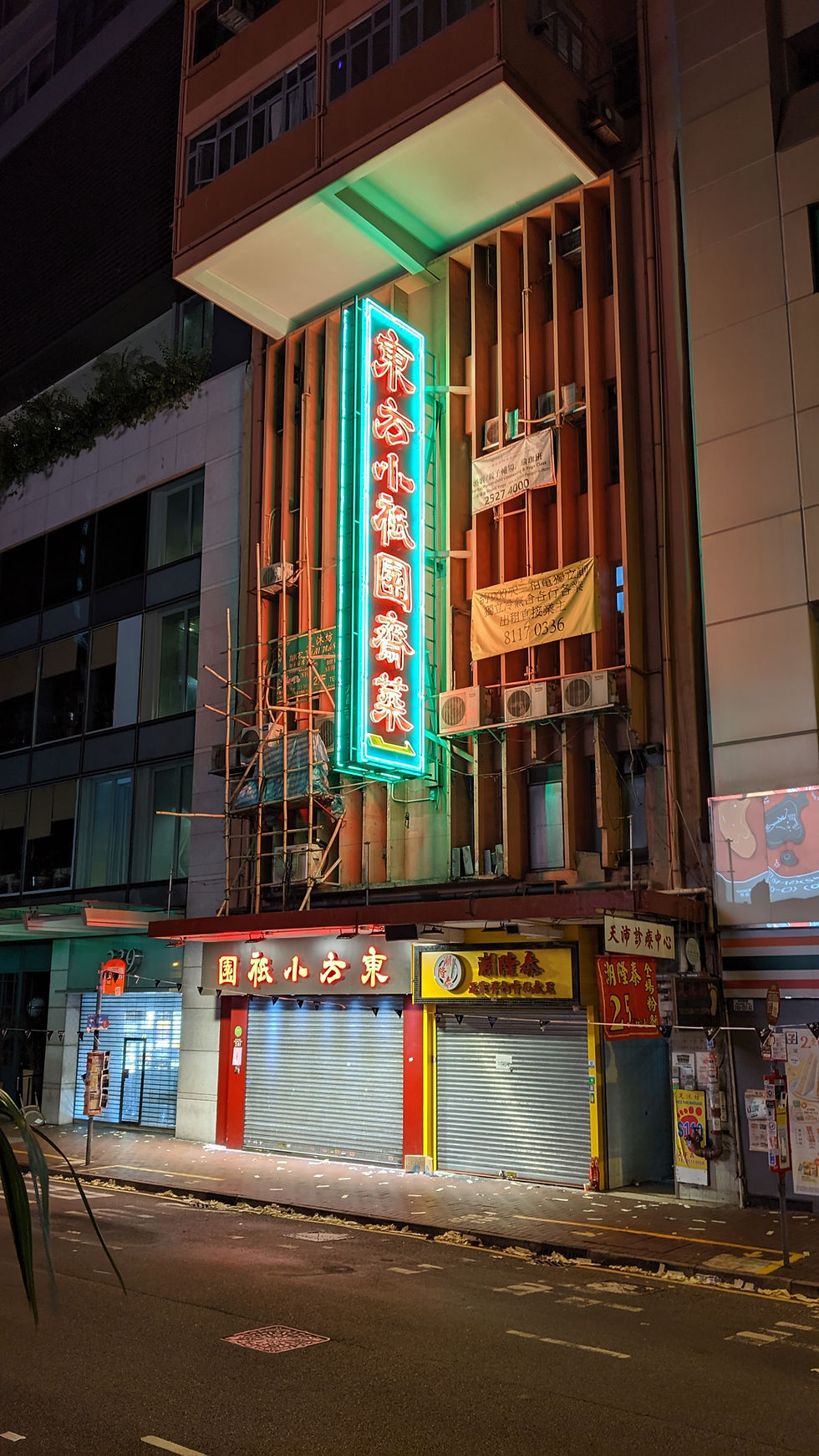【Community Revitalization】How to Revitalize Old Districts Through Event Planning? Case Study of "Puppet Candlelight Shimei" in Sham Shui Po ——A Journey from Street Corner Art to Community Integration
- Lemon Planet Productions
- 3 days ago
- 2 min read

I. A New Approach to Urban Renewal: The Sham Shui Po Experiment
Sham Shui Po, one of Hong Kong's most historically rich districts, has recently showcased a unique revitalization model through the "Ne-on-Ne-on@Sham Shui Po" exhibition (organized by PMQ and partnered with social enterprise restaurants). Held at the under-bridge open space on Tongzhou Street (adjacent to the Fabric Market), the event transformed a neglected area into an artistic hub, blending light installations with community narratives to rekindle public interest in the neighborhood.
Key Strategies:
Creative Space Utilization
The exhibition repurposed the bridge's underutilized space with immersive light installations, symbolizing "the enduring vitality of old districts," while retaining elements of the local fabric market culture.
Intergenerational Collaboration
Featured guided tours by local historian Sampson (December 27) and nighttime sketching workshops (December 29), bridging generational gaps through shared artistic experiences.
Community-Centric Events
The Christmas Warmth Campaign (December 25) partnered with social enterprise restaurant "Marco Kitchen" to distribute free herbal tea, merging art appreciation with grassroots care.
II. Embedding Social Responsibility: Beyond Aesthetic Renewal
This initiative prioritized social impact over commercialization:
Empowering Marginalized Groups
Collaborated with "Marco Kitchen," known for employing rehabilitated individuals, to promote inclusive employment opportunities.
Sustainable Practices
Utilized low-cost, recyclable materials for installations, demonstrating how urban renewal can align with environmental consciousness.
Cultural Authenticity
Preserved the raw, grassroots ambiance of the bridge space to avoid over-gentrification, reflecting Sham Shui Po's true character.
III. Replicable Insights: Four Pillars of Successful Revitalization
Tactical Urbanism
Focus on activating "urban leftovers" (e.g., under-bridge spaces) rather than large-scale redevelopment.
Hybrid Funding Model
Combined institutional support (PMQ), corporate sponsorships, and community donations to ensure financial sustainability.
Temporal Programming
Time-bound events like the 5-minute "Neon Dance" light show (December 28) created urgency without permanent disruption.
Data-Informed Design
Adjusted visitor flow patterns to naturally guide attendees toward neighboring businesses, boosting local commerce.
IV. Challenges & Ethical Considerations
Gentrification Risks
While property values may rise, the short-term nature of the exhibition mitigated displacement pressures.
Sustainability of Impact
Temporary installations raised questions about lasting change, highlighting the need for follow-up community programs.
Resource Accessibility
Smaller organizations might struggle to replicate such projects without institutional backing.
Conclusion: Redefining Urban Renewal Through Collaborative Art
"Ne-on-Ne-on@Sham Shui Po" exemplifies how art can serve as a catalyst for community dialogue—transforming forgotten spaces into stages for social connection. By balancing aesthetics with ethical responsibility, this model offers a blueprint for cities worldwide seeking humane, culturally grounded revitalization.




Comments